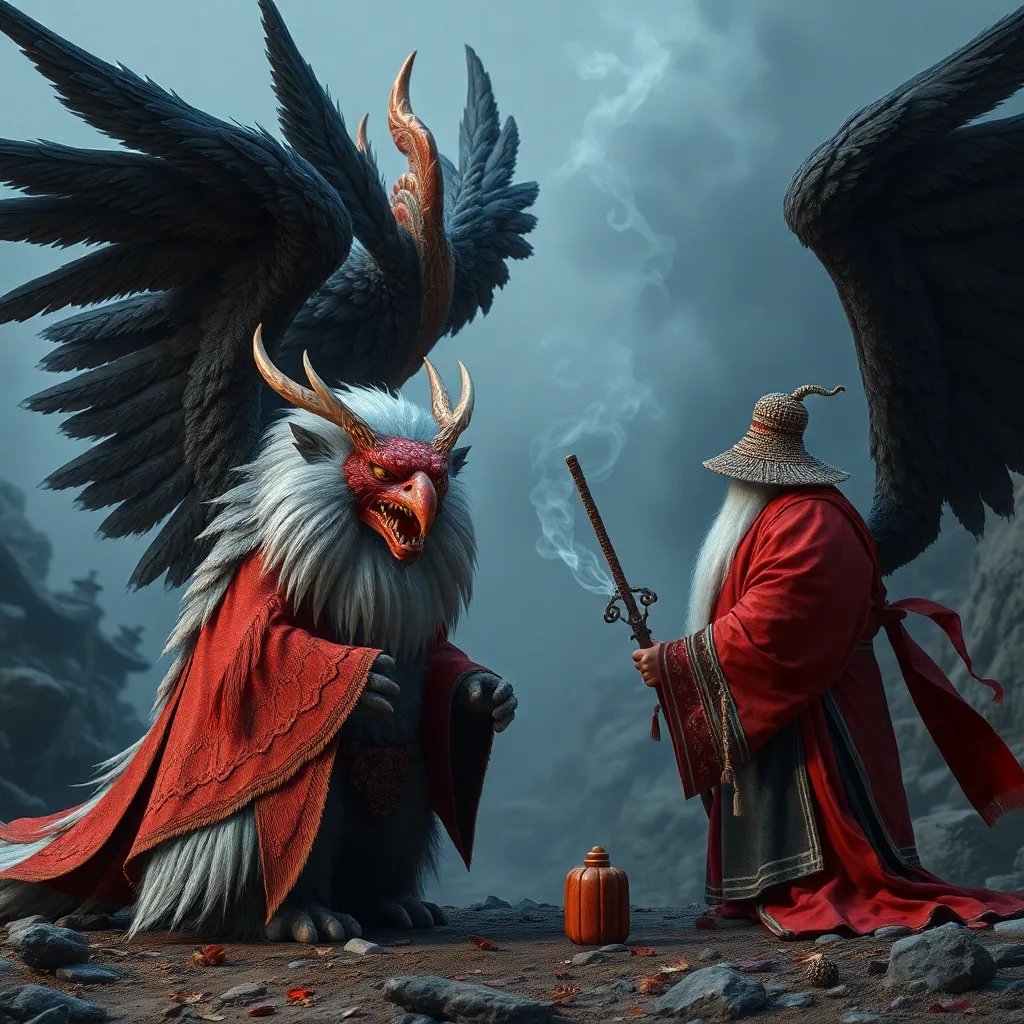Polynesian Mythology: Tales of Trickster Deities
1. Introduction
Polynesian mythology is a vibrant tapestry of stories, legends, and deities that have been passed down through generations. Among these divine figures, trickster deities hold a special place, embodying the mischievous and enigmatic aspects of human nature. Their tales are filled with humor, wit, and wisdom, offering insights into the Polynesian worldview and the complex interplay between gods and mortals.
2. Maui: The Polynesian Trickster
Maui, the most celebrated trickster deity in Polynesian mythology, is a demigod with a larger-than-life personality. Born from the union of a mortal woman and a sky god, Maui inherited extraordinary powers and a mischievous streak. His legendary feats include lassoing the sun to slow its descent, stealing fire from the gods, and lifting islands from the sea. Maui's cunning and resilience embody the Polynesian spirit of adventure and the ability to overcome adversity.
3. Loki: The Norse Trickster
In Norse mythology, Loki is the enigmatic trickster who embodies both the light and dark sides of existence. As the son of the frost giant, Farbauti, and the goddess Laufey, Loki occupies a unique position between the realms of gods and giants. His mischievous nature often leads him into trouble, but his cunning and wit have also earned him a place among the Aesir, the Norse pantheon of gods.
4. Coyote: The Native American Trickster
Coyote, a ubiquitous figure in Native American mythology, is a trickster deity known for his cunning, humor, and ability to shapeshift. Throughout indigenous cultures of North America, Coyote tales explore themes of creation, identity, and the consequences of human actions. As a powerful transformer and mediator between the worlds of humans and spirits, Coyote embodies the resilience and adaptability of the Native American people.
5. Raven: The Pacific Northwest Trickster
Raven, a revered figure in Pacific Northwest indigenous cultures, is a trickster deity associated with creation, knowledge, and change. As a skillful transformer and messenger between the spirit world and the realm of humans, Raven played a pivotal role in the creation of the world, including bringing light to the darkness and stealing the sun and moon from a jealous chief. Raven's tales celebrate intelligence, resourcefulness, and the transformative power of storytelling.
6. Anansi: The West African Trickster
In West African mythology, Anansi is a cunning and mischievous spider deity. Embodying the wisdom of his eight legs, Anansi is renowned for his ability to outwit powerful beings and escape dangerous situations. His tales often revolve around deception, wit, and the triumph of the weak over the strong. Anansi's spider form symbolizes his agility, adaptability, and the ability to weave intricate webs of deceit.
7. Sun Wukong: The Chinese Trickster
Sun Wukong, the Monkey King of Chinese mythology, is a vibrant and charismatic trickster deity. Born from a stone that absorbed the essence of heaven and earth, Sun Wukong possesses immense supernatural powers and an unyielding spirit. His adventures often involve outwitting deities, demons, and even the Buddha himself. Sun Wukong's tales celebrate the power of determination, resourcefulness, and the ability to defy authority.
8. Hermes: The Greek Trickster
In Greek mythology, Hermes is the messenger of the gods and a skilled trickster. As the son of Zeus and Maia, Hermes inherited his father's cunning and his mother's charm. With his winged sandals and caduceus, Hermes is able to navigate between the realms of gods, mortals, and the underworld. His tales often revolve around deception, cunning, and the power of communication.
9. Coyote and Raven: Trickster Tales from Different Cultures
Across different cultures, Coyote and Raven share striking similarities as trickster deities. Both are known for their cunning, humor, and ability to transform. Coyote tales often emphasize the consequences of trickery and the importance of respecting the natural world. Raven stories, on the other hand, celebrate the power of knowledge, creation, and the interconnectedness of all things. By comparing and contrasting these trickster narratives, we gain insights into the diverse cultural interpretations of this archetypal figure.
10. Conclusion
Trickster deities play a vital role in Polynesian mythology, representing the complexities of human nature and the power of storytelling. From Maui's adventures to Coyote's wisdom, trickster tales offer valuable lessons about overcoming adversity, embracing change, and finding humor in life's challenges. By exploring the diverse manifestations of the trickster archetype across cultures, we gain a deeper understanding of the human experience and the enduring significance of these enigmatic figures.
FAQ
Q: What is the main characteristic of a trickster deity?
A: Trickster deities are typically characterized by their cunning, wit, and ability to deceive others. They often use their powers for personal gain or to challenge authority.
Q: Why are trickster deities important in mythology?
A: Trickster deities play a crucial role in mythology by subverting social norms, exposing human flaws, and providing comic relief. Their tales offer valuable insights into the human condition and the complexities of life.
Q: What are some common themes found in trickster tales?
A: Trickster tales often explore themes of creation, deception, transformation, and the consequences of human actions. They can also reflect cultural values, beliefs, and fears.


